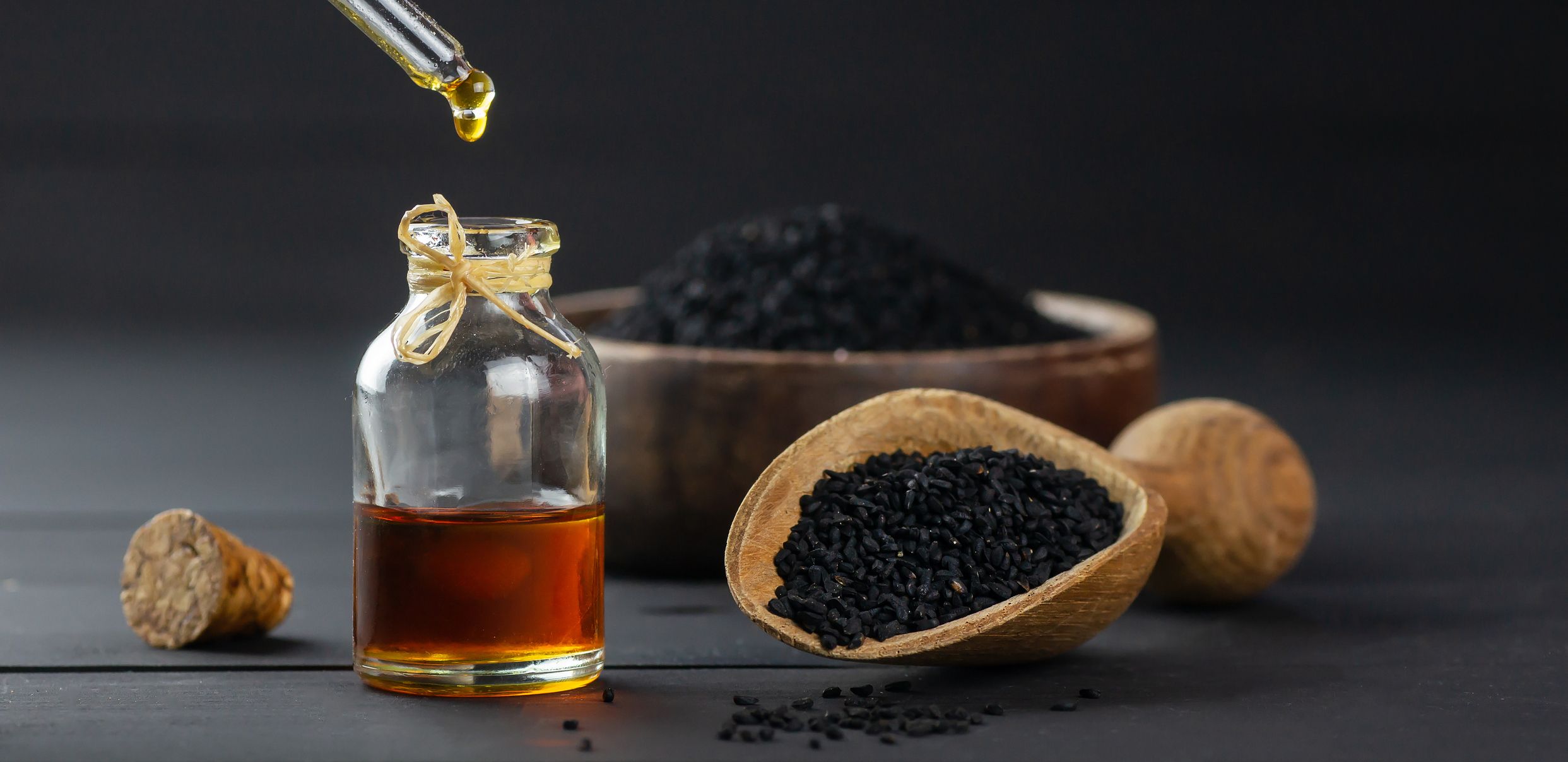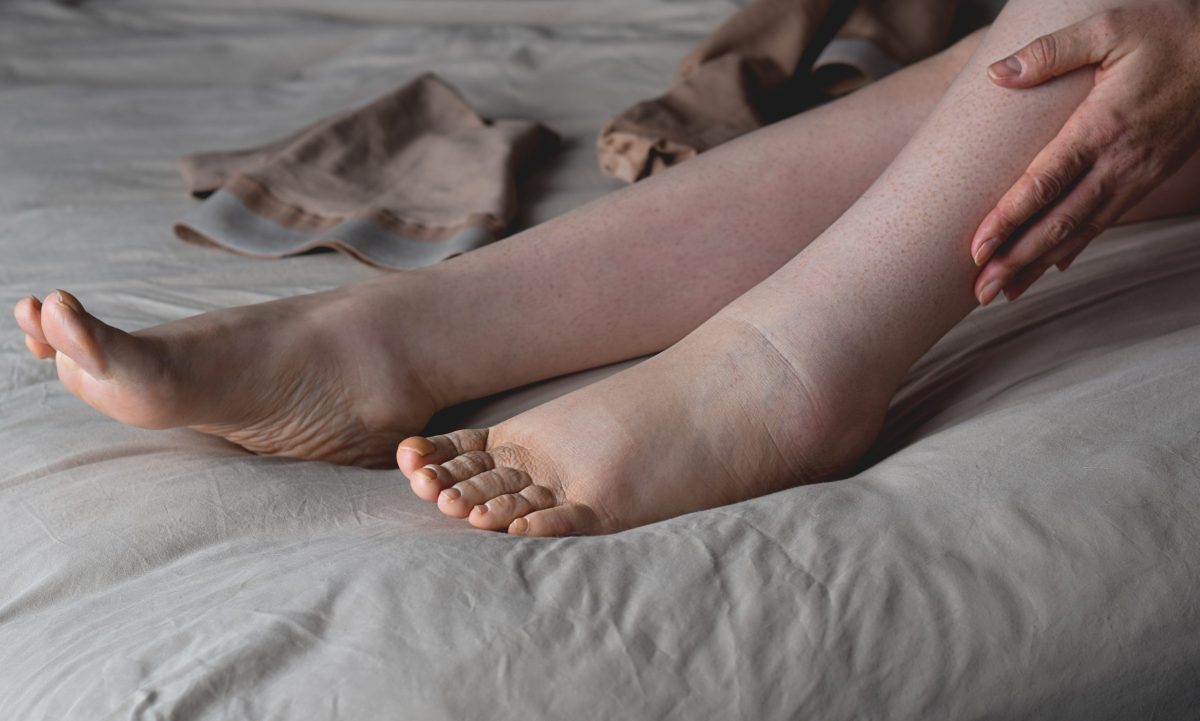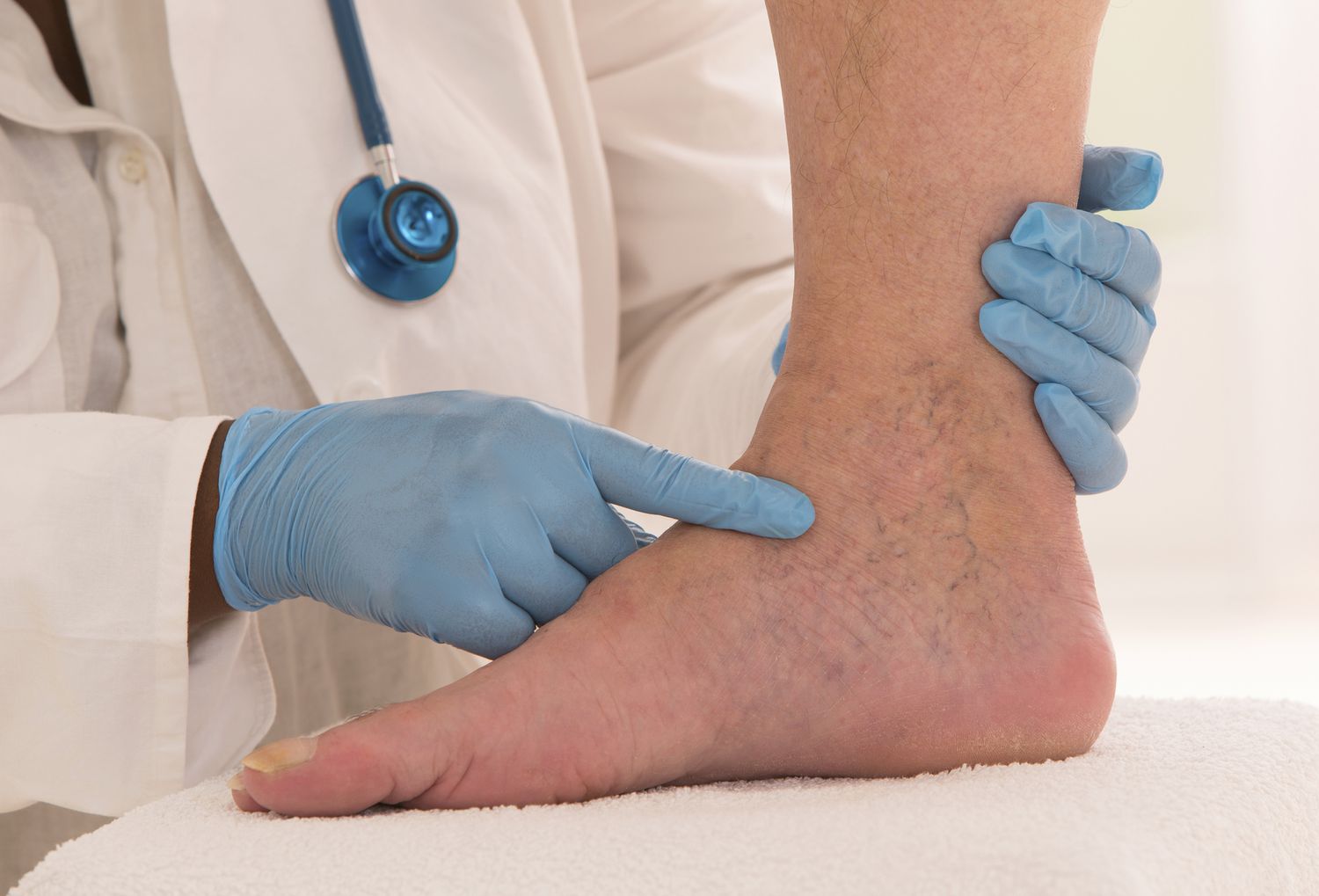Nothing feels worse than looking in the mirror and seeing loose skin after working so hard to lose weight. You followed a strict diet, exercised daily, and reached your goal, but now you have a new problem—excess skin. This is a common side effect of losing a lot of weight quickly, and it can affect your confidence and body image.
In this guide, we will explain why saggy skin happens, which areas are most affected, and how you can tighten your skin naturally or with medical treatments. Your weight loss journey was worth it, and now we’ll help you get the toned figure you deserve by exploring a variety of options that suit different needs and lifestyles.
Why does skin become loose after weight loss?
Whenever you gain weight, according to natural phenomenon, your skin stretches to make room for the accumulation of extra fat. If you stay at a high weight for a long time, your skin loses its ability to shrink back. As a result, you have saggy skin, especially on the face, thighs, and stomach. It can be frustrating to reach your goal weight and still feel self-conscious due to excess skin.
Here are the main reasons why skin stays loose after losing weight:
1. Time spent overweight
The longer period you are overweight, the more chances there are of your skin getting stretched. Like an old rubber band, it loses its ability to bounce back, especially if weight gain occurred over several years.
2. Amount of weight lost
Losing a significant amount of weight in a short time leaves extra skin behind because it doesn’t have time to shrink along with your body. However, if you lose weight slowly but surely, it will help your skin to fine-tune better with time.
3. Sun exposure
Too much exposure to sunlight causes the skin to lose the ability to stay tight and firm. UV rays break down collagen, making it harder for skin to regain firmness after weight loss.
4. Age
As you get older, your body makes less collagen and elastin, which help your skin stay firm. After age 20, collagen production drops by about 1% each year, meaning that older individuals may experience more sagging after weight loss.
5. Genetics
Some individuals naturally have more elastic skin, while others may be more prone to drooping or sagging. Your family history can play a big role in how your skin responds after weight loss.
Common areas affected by loose skin
When people lose a lot of weight, they may feel disappointed that their body doesn’t look as firm as they expected.
These are some of the main areas where loose skin may appear on your body, so stay with us and keep reading to learn how to tone your body.
1. Stomach
The skin on your belly may look stretched and loose. Basic exercises and medical treatments such as tummy tucks can help improve your appearance.
2. Face
Speedy weight loss can make your face look saggy and hollow. Exercises, facials, and appropriate skincare may restore a youthful look. Using fillers can also be the best choice to replenish lost volume.
3. Neck
Loose skin on the neck, sometimes called a “turkey neck,” can be improved with appropriate skincare and exercises. Neck may be the best option but depends on the severity of your skin condition.
4. Buttocks
Losing weight can make your butt look saggy and flat. Squats and lunges can help build muscle, and some medical treatments can tighten the area and get back the body shape of a younger age.
5. Arms
Many people get “bat wings” or loose skin on their upper arms. Doing strength exercises and arm lifts can help firm this area, making it more toned.
6. Legs
The common overweight part of the body is the inner thigh area. Exercises like lunges and leg presses can help, and surgery is an option for more dramatic results when exercise isn’t enough.
Can loose skin go away on its own?
Loose skin doesn’t usually disappear completely. Generally, your body makes some improvements, but sometimes you need medical treatment if you have a lot of extra skin. Factors like genetics, age, and skin care can influence whether loose skin naturally tightens over time.
Natural ways to tighten skin after weight loss
If you want to improve your skin’s firmness naturally, here are some things you can do:
- Stay hydrated: Drink at least 8 glasses of water a day to keep your skin healthy and elastic, preventing excessive dryness and sagging.
- Eat a healthy diet. Foods rich in vitamins A, C, and E, plus protein and omega-3 fatty acids, help boost collagen production. Good choices include citrus fruits, nuts, seeds, and fatty fish, all of which contribute to skin elasticity.
- Exercise: Strength training helps form muscle, which can fill in loose skin and make your body look more firmer. Muscle growth can improve the appearance of sagging areas over time.
- Skincare: Use firming lotions with ingredients like collagen, retinoids, and hyaluronic acid to improve skin texture and hydration.
- Massage: Massaging the skin with oils like almond or coconut oil can elevate blood flow and back collagen production, helping to steadily tighten the skin.
Non-surgical treatments for tightening loose skin
If natural methods aren’t enough, non-surgical treatments can help tighten skin:
- Thermage®: Uses radio waves to heat the skin and boost collagen, improving tightness in the face and eye areas.
- Profound®: In this method radiofrequency and microneedling are used to improve your skin elasticity on the face, neck, thighs, and abdomen.
- Ultherapy®: In this unique method, ultrasound energy is used to stimulate your collagen and lift areas like your jawline, under the chin, and neck, providing non-invasive lifting effects.
- Sylfirm: In this method your dermatologist uses radiofrequency and microneedles to treat sagging skin, wrinkles, and scars to improve your overall texture and tone.
Surgical options for removing loose skin
For those with a lot of excess skin, surgery may be the best solution. Here are some common procedures:
- Arm Lift (Brachioplasty): Removes sagging skin from the upper arms for a more toned look.
- Breast lift: It is used to reshape and lift sagging breasts. However, if men have excess chest skin they may get the benefits from this technique of lifting.
- Thigh and buttock lift: Removes loose skin on the thighs and buttocks for a smoother contour and firmer look.
- Tummy tuck (Abdominoplasty): Removes excess skin and tightens the stomach muscles for a firmer belly, creating a more sculpted midsection.
- Surgical skin tightening: Involves removing loose skin and using techniques like liposuction or radiofrequency to improve firmness, creating a more defined body shape.
Note: It is crucial to consult an expert plastic surgeon to find the best option for you. A professional can help you determine whether surgery is the right choice based on your individual case.
What is the best way to tighten skin after weight loss?
The best way to firm up loose skin depends on your situation. A combination of strength training, healthy eating, hydration, and non-surgical treatments can help. If your skin is very loose, surgery may be the best solution for achieving a firmer look.
How to avoid loose skin while losing weight
If you’re still in the progression of losing weight, here we are sharing some tips to prevent loose skin, so keep reading; we’re near to winding up the topic. Let’s explore:
- Lose weight gradually: Rapid weight loss increases the risk of sagging skin. Aim to lose 1 to 2 pounds/week.
- Eat nutrient-rich foods: A diet with vitamins A, C, and E, along with proteins and omega-3s, helps maintain skin elasticity and overall health.
- Stay hydrated: Drink enough water to keep your skin healthy and resilient.
- Strength train: Building muscle can help fill out loose skin and improve your overall shape, reducing the appearance of sagging.
Losing weight is a great achievement, and while loose skin can be frustrating, there are many ways to improve it. Whether through natural methods, nonsurgical treatments, or surgery, you have options to help you get the firm and toned body you’ve worked so hard for.








